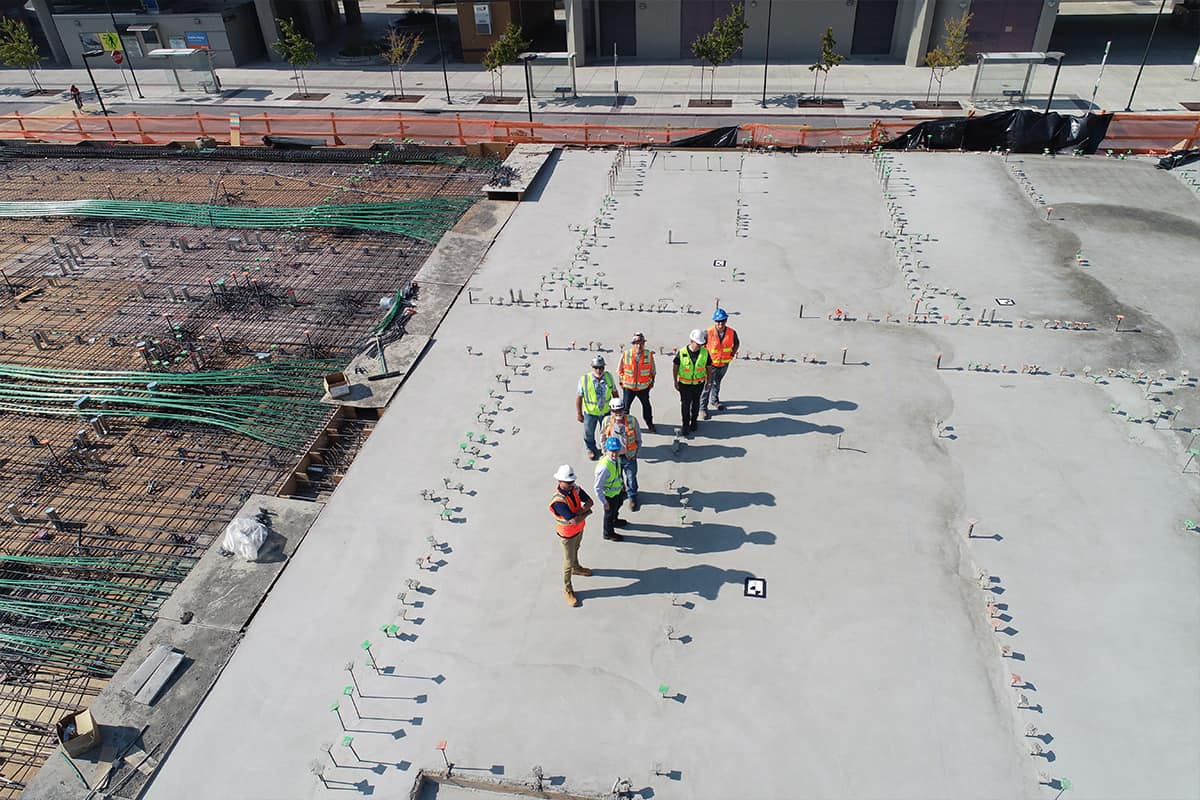The landscape of commercial real estate is changing rapidly, and it’s putting new pressures on tenants and owners alike. Utility energy rates are seeing massive upticks. Companies are adopting new ESG commitments. Up-and-coming sustainability trends are reshaping the market.
As a result, you’ve probably gotten a few requests for energy-efficiency updates to your shopping center or office building, like onsite solar. You’d like to help out, but it seems like there’s no return for your investment. Your tenants get lower power bills. You’re left in the red. This dilemma is the split incentive problem.
You’re not alone in facing this issue. In New York, 60% of surveyed commercial property owners stated that the split incentive problem stops them from undertaking energy retrofits.
The split incentive problem is a cost and benefits divide between owners and tenants that roadblocks sustainability updates in commercial buildings. Fortunately, it’s not impossible to overcome.
Origin of the split incentive problem
Although it seems simple on the surface, the split incentive problem is about more than just motivation. There’s a complex blend of economics and process separating the needs of owners and tenants.
Triple Net Leases
Split incentive problems occur in multi-tenant properties with triple net leases (NNN) where tenants pay building expenses like insurance, maintenance, and utilities. Owners don’t pay the power bills, so they can’t benefit from investments in energy-saving retrofits. Tenants have a finite lease, so they don’t want to pay to update a building they’ll eventually leave.
But, triple net leases exist for a reason. Owners have no say in tenant energy usage, so they don’t want to cover the cost of their decisions. Plus, they keep tenants responsible. Energy consumption by tenants who pay their own energy bills is 20 percent lower compared to owner-paid units.
Triple net leases also give tenants fairer rental prices and more control of their costs. As they pay the variable charges, their monthly overhead can be lower than a rental price with utilities factored in. They can also make daily choices about HVAC and lighting that impact their monthly bills.
Bid Process
The bid process of commercial property construction also creates an expensive energy-efficiency divide between owners and tenants. Most commercial building contracts are won by the contractor that gives the lowest quote, generally at the sacrifice of sustainable features.
Even if contractors factor efficiency into the design, they can abandon these features as the project nears completion. Since efficiency updates are usually the finishing touches on a building, they are frequently cut when developers are running up against a budget.
This creates a large price barrier for property owners to overcome when considering energy-efficiency retrofits. It contributes to the split incentive problem, further dividing owners and tenants on the cost and benefits potential of the project.
Savings and timing
It’s also very difficult for property owners and tenants to calculate the potential energy savings of efficiency updates. This is especially complicated over the limited term of a lease. Although each item has estimates, retrofits are frequently done to multiple items on the property. This creates a mixed bag of causes and effects.
The savings and timing complications increase the risk of the investment and fosters doubt about the overall impact of the changes. With limited data and a variable timeline, many financiers see these retrofits as too uncertain to pursue.
Implications of the split incentive problem
Because of these barriers, owners and tenants often miss out on the benefits of sustainability retrofits to commercial buildings.
Lost financial savings and value
By prioritizing short-term profits, tenants lose out on energy savings and could actually overspend on utilities over time. The EPA estimates that commercial buildings waste 30% of the energy that they use.
Property owners also miss out on an increased property value for updates. Energy-efficiency retrofits improve the property’s assets and impact rent roll. This increases the building’s potential sale value. When competing against buildings with green certifications, owners get up to 26% less in sales value.
Over time, owners may even lose money on maintenance and repair costs. Many pay 2.5% to 5.0% more in common area maintenance expenses before sustainability updates.
Lower tenant retention
The split incentive problem also creates disconnects between tenants and management, encouraging more turnover. If the building doesn’t meet ESG standards or has increased operational costs, tenants often look for units that better fit their needs. These empty spaces and newer tenants can negatively impact rent roll.
Increased emissions
The split incentive problem also encourages stalemates that negatively impact the environment. Commercial buildings account for 35% of the electricity use in the United States, and they waste a substantial portion. The lack of action increases the impact of commercial real estate on the global carbon footprint.
Overcoming the split incentive problem
Solving the split incentive problem is no easy feat, but there are some answers available for owners and tenants.
Green leases
A key piece of solving the split incentive problem is incorporating green lease terms into standard rental contracts. These clauses create measurable sustainability commitments from both landlords and tenants on everything from energy efficiency to waste management.
These terms overcome the split incentive problem by aligning both parties on shared goals. Owners want to fill an empty unit. Tenants want a more functional space. One or both have sustainability targets. Green leases create clear terms to help both parties achieve their objectives and benefit in the process.
Both owners and tenants can add green lease terms during the negotiation process or tack them onto an existing rental contract. The agreements should be mutual, measurable, and enforceable to be successful.
Upgrade agreements
Owners can also use upgrade agreements to get tenant buy-in on efficiency programs. In these agreements, owners either take out a loan from a bank or green organization to secure funding for retrofits. To help with cost, they add repayment terms to their rental agreements that pass off some of the cost to tenants.
Update agreements overcome the split incentive problem by sharing investment risk of efficiency retrofits between both parties. Owners get improved property value. Tenants get lower energy bills. Both parties pay for the cost of upgrades and receive benefits.
Zero-cost improvements
There are also zero-cost improvement options offered by companies that allow both sides to align on sustainability goals without an investment. These programs solve the split incentive problem by providing no-cost, energy-efficient solutions with clear benefits for both owners and tenants.
The most common of these zero-cost improvements are roof rental solar leases. A partner rents unused roof space and installs a solar system, selling the energy generated back to tenants. Owners get more rent roll and improved property value. Tenants get lower power bills and an improved space. Both meet their sustainability goals.
King Energy is the leading roof rental provider for multi-tenant properties. We handle the solar system from end to end, installing, operating, and maintaining programs at no cost to owners. We make solar simple with easy terms, straightforward client billing, and long-term support.
Contact our team for a solar proposal for your commercial building.


